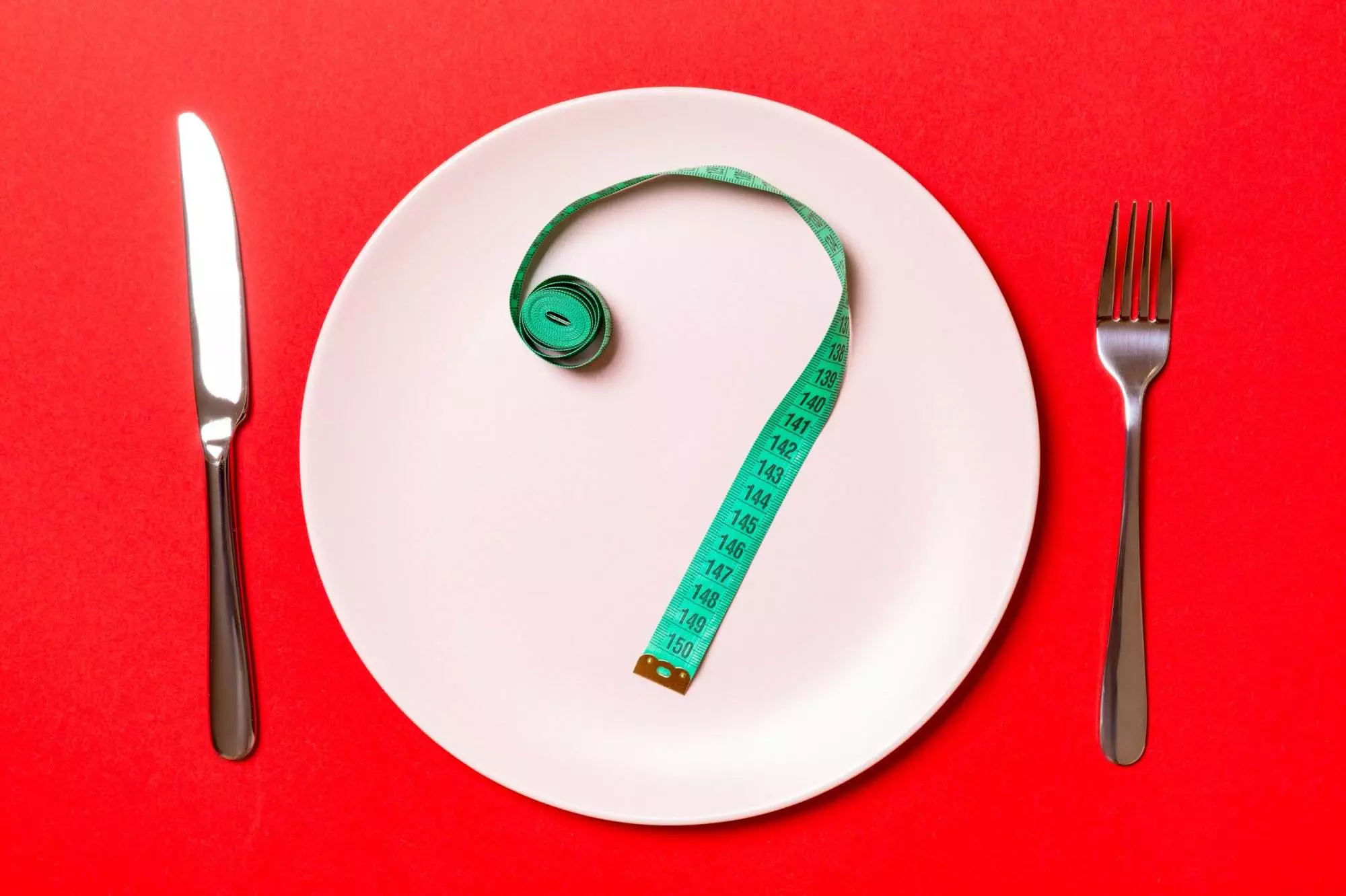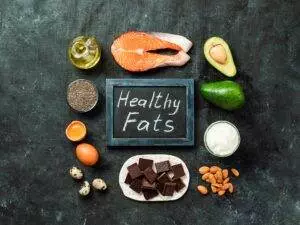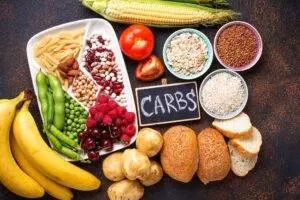
Is the Keto Diet Right for Me? 5 Questions to Ask Yourself
The ketogenic diet, or simply “keto” as it’s commonly known, is a low-carb, high-fat diet that has gained popularity in recent years. It involves restricting carbohydrate intake and replacing it with fat, which puts your body into a state of ketosis – where you burn fat instead of glucose for energy. But before you jump on the bandwagon, here are five questions to ask yourself:
1. What is the keto diet?



The keto diet is a way of eating that focuses on consuming healthy fats, moderate protein, and very few carbs. The goal is to get your body into a state of ketosis, where it will start burning stored fat for fuel instead of relying on glucose from carbs. This means cutting out most grains, sugars, and starchy vegetables while increasing your intake of healthy fats like avocado, nuts, seeds, and oils.
2. What are the benefits of the keto diet?
There are several potential benefits of the keto diet, including weight loss, improved blood sugar control, reduced inflammation, and better brain function. Many people report feeling more energized and focused on the keto diet, likely due to the steady supply of ketones to the brain. Additionally, research suggests that the keto diet may be an effective treatment for certain medical conditions such as epilepsy and type 2 diabetes.
3. What are the drawbacks of the keto diet?
While the keto diet can be beneficial for some people, it isn’t without its downsides. One common complaint is the “keto flu,” which refers to the symptoms experienced by some people when they first start the diet (such as headaches, fatigue, and irritability). Another concern is the potential for nutrient deficiencies if not done properly, particularly vitamins and minerals found in whole grains and fruit. Finally, the keto diet can be difficult to maintain long-term, especially if socializing involves food choices outside of your plan.
4. How do I start the keto diet?

Starting the keto diet requires careful planning and preparation. First, make sure you understand what foods are allowed and which ones aren’t. Then, create a meal plan that includes plenty of healthy fats, moderate amounts of protein, and minimal carbs. You should also consider supplementing with key nutrients like magnesium, potassium, and sodium since these can be depleted on a low-carb diet. Finally, be patient and give your body time to adapt to the new way of eating.
5. What is a sample meal plan for the keto diet?
Here’s a sample day of eating on the keto diet:
Breakfast: Bacon and eggs with spinach and mushrooms sautéed in coconut oil
Snack: Hard-boiled egg with sliced cucumber and avocado
Lunch: Grilled chicken salad with mixed greens, cherry tomatoes, and blue cheese dressing made with olive oil and lemon juice
Snack: Roasted almonds and raspberries
Dinner: Baked cod with rosemary and garlic, steamed broccoli, and buttered cauliflower rice
As you can see, this meal plan emphasizes healthy fats, lean proteins, and lots of non-starchy veggies. While it might take some getting used to, many people find that once they adjust to the keto diet, they feel better than ever!

